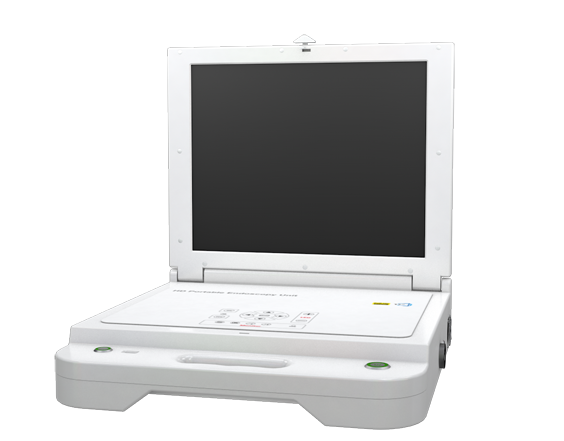Portable Endoscopy Image System: Improving Accessibility and Efficiency
Endoscopy is a medical procedure that involves the use of an endoscope to examine internal organs, cavities, or other body parts. It is a minimally invasive procedure that allows for the diagnosis and treatment of various medical conditions. The endoscope is equipped with a camera that captures high-quality images of the internal structures for visualization by the physician. Over the years, advances in technology have led to the development of portable endoscopy image systems that have revolutionized the way medical practitioners conduct endoscopic procedures.

The traditional endoscopy image systems are often large and bulky, making them difficult to move around. This limitation makes it challenging to perform procedures in areas that are not easily accessible or where space is limited. However, with the development of portable endoscopy image systems, physicians can now perform procedures in various settings, including remote locations and outpatient clinics.
Portable endoscopy image systems are designed to be compact and lightweight, allowing for ease of transport and maneuverability. They are battery-operated, eliminating the need for electrical outlets and cords. This feature is particularly useful in emergency situations where time is of the essence, and the availability of electricity may be limited.
The image quality of portable endoscopy image systems has also significantly improved over the years. The incorporation of high-definition cameras has resulted in improved visualization of internal structures, leading to more accurate diagnoses and better treatment outcomes. Additionally, the systems are equipped with advanced imaging technologies such as narrow-band imaging and fluorescence imaging, which enhance visualization and increase diagnostic accuracy.
The use of portable endoscopy image systems has numerous benefits to both patients and medical practitioners. Patients can receive treatment in more convenient settings, reducing the need for hospitalization and lowering healthcare costs. The systems also allow for more efficient use of medical resources, as physicians can perform procedures without the need for large and expensive equipment.
Medical practitioners can also benefit from the use of portable endoscopy image systems. The systems are easy to set up and use, increasing procedural efficiency and reducing the time needed for setup and breakdown. This feature is particularly useful in busy medical facilities where time is a precious commodity.
In conclusion, the development of portable endoscopy image systems has revolutionized the way medical practitioners conduct endoscopic procedures. The systems are designed to be compact and lightweight, allowing for ease of transport and maneuverability. They also offer high-quality images and advanced imaging technologies, resulting in improved visualization and more accurate diagnoses. The use of portable endoscopy image systems has numerous benefits, including increased accessibility, efficiency, and reduced healthcare costs.



Leave a message